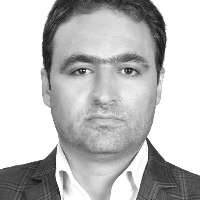Analysis and evaluation of the spatial distribution of urban bus stations whit using the network analysis model: a case study of District 4 of Tabriz metropolis
The development and expansion of urbanization and the subsequent increase in travel demand in recent years have made cities face problems such as traffic, lack of suitable and sufficient parking spaces, environmental issues, etc. At the same time, public transportation, especially Bus system, is of particular importance in the development of urban functions. Therefore, addressing the various aspects of this system to increase its efficiency will be a step towards solving the mentioned problems. The stations of the bus system are one of the important components of this system and if they are established in suitable places, it will increase the efficiency and performance of this system. Therefore, in this research, we tried to identify the effective parameters in the location and distribution of urban bus stations, and based on that, the spatial distribution of bus stations was analyzed and evaluated. In order to achieve this goal, by using different analytical functions in the GIS environment and using the AHP model, the location of the bus stations in the zoom 4 of Tabriz was analyzed and evaluated based on the selected criteria The results show that the bus stations do not fully cover the area of Tabriz 4 and their standard distance from each other is not respected. But in general, the final map obtained from the AHP model shows the desired pattern of the spatial distribution of bus stations.
-
Evaluation Potential economic value of rural tourism activity In Maragheh With EP and CVM models
*, Roghayeh Sharifi
Journal of Economic geography research, Winter 2025 -
Analysis of the Effects of Third Places on Promoting Social Sustainability in Zone 6 of the Metropolis of Tehran
Kosar Ghobadi *, Reza Valizade, , Ali Panahi
Journal of Studies Of Human Settlements Planning,



